|
-
22nd March 10, 05:36 AM
#1
an episode in the Highland Clearance
Picture in your mind a warm sunny early spring day, your walking along a well trod path that snakes around the contours of the hillside, the glen unfolds below where there are well tended small fields of wheat, oats, potatoes that run down to the shores of the sea loch, a small boat is moored on the shore and there are a couple of men sorting the days catch.
As you continue your way along the hillside track, a chorus of spring birdsong fills the air, you walk up a slight incline and turn a right handed corner on the path, before you lays a small but thriving long established community, a big 2 storey stone built house sits proudly on the hillside just above the walled stock enclosure, behind it higher on the hill a barn, the rest of the settlement consists of single storey buildings, some are houses, some are byres, most are simple built with rock and stone walls, roofs made of turf, cold damp, dark places all are located around a small walled area of grass where cattle and sheep graze.
Children can be heard at play, the woman folk attending to their daily chores, the men folk away tending the crops in the fields lower down the glen.
The year 1848, by the end of the year this truly idyllic scene of a hard and harsh way of life in the Scottish highlands would be gone forever from the small settlement of Arichonan.
Like many a settlement in the Highlands Arichonan would soon become a part of the great clearances, However the people of Arichonan would not go quietly, their was trouble ahead.
The famous Bluae Map of Knapdalia of the 1600’s show Arichonan as a settlement, at that time it was part of the MacNeill lands, but during the
18th century following bankruptcy the lands where purchased by the Malcolms of Poltalloch who had made their fortune in the Caribbean and where busy expanding their lands.
So it was in the spring of 1848, the Poltalloch Estates notified the tenants of Arichonan that their leases were to be terminated that Whitsunday. The "Summons of Removing" dated 4th April, 1848, stated would they please
"... flit and Remove themselves, their Wives, Bairns, Families, Servants, Subtenants, Cottars, Dependants, goods and gear, furth..."
They had until Whitsunday, 27 May, 1848, however it wasn’t until the 13th June when Sheriff officer John Gillies returned to Arichonan to enforce the summons of removing but he and his men met with resistance, he noted in his report he was "... Assaulted by Sticks, Stones and other weapons to the imminent risk of our lives, and all the way receiving the most abusive, threatening language, and to such a height was this unlawful conduct carried on by the said Tenants, and others there assembled, that I found it impossible to carry the same Warrant into Execution..." .
July 7th 1848 saw the full force of the law arrive at Arichonan, the Malcolms factor William Martin and 30 servants joined forces Capt MacKay Superintendent of Police for Argyll and 9 of his officers to enforce the summons of removing, they where met by over 1oo men and women waiting for them on Arichonan hill, assistance had come from neighbouring farms and put upon tenants all opposed to the regime of the Malcolms to clear the lands. The resistance group was armed with sticks and stones, when the two opposing forces met a riot broke out, blood was spilled, finally 5 of the ringleaders where arrested and bound to appear before the Court at Inveraray, it was noted during the trail that the defendants all of whom had previously unblemished records, but they where sentenced to a term of up to 8 months imprisonment at the jail in Inveraray.
During the summer of 1848 some of the evicted inhabitants of Arichonan made their way to the Colonies, it is known that Allan MacLean and his wife Catherine Campbell emigrated to Canada, in the 1851 census, the MacLeans lived in a log cabin in Middlesex County, Ekfrid Township. And, they had another baby, Janet, they farmed 100 acres that year. Only 8 acres were 'under crops' and 92 acres were 'under wood, or wild.' They had 2 acres of wheat, 1 acre of indian corn; and 1 acre of potatoes. They owned one pig, and had 40 pounds of maple sugar.
The 1861 census showed they had another child and they were much more prosperous.
They still lived in a log cabin, but they now had 45 acres under cultivation (39 for crops, and 6 acres under pasture). Their farm was producing spring wheat, rye, oats, beans and hay, they owned 8 steers/heifers under 3 years of age; 1 colt; and 2 horses over 3 years of age. They now had 11 pigs. With 3 milk cows, they had produced 200 lbs of butter and 12 lbs of cheese. With a new flock of 15 sheep, they owned 40 pounds of wool.
Allan MacLean and his wife Catherine are buried in Murray Cemetry, the inscription on the gravestone
Allan MacLean Died September 10th 1868 aged 67 years
Catherine Campbell his wife Died June 30th 1870 aged 55 years
“ Natives of Argyllshire, Scotland.
Other families from the clearance of Arichonan appear to have faired better than they would have done had they not been evicted, in letters to family back home Archibald MacMillan states he is living in Willmington USA he writes “I bought two negro Boys this Spring, one is a good plough boy for which I gave $1002; the other is small and I gave $600 for him", he further goes on to say “I have two sons, well advanced in Education: they will start to college in June, one will enter the Soph. Class, the other, the freshman class; the eldest will be from Home three years; the youngest four years. They will cost me upwards of $2000 to complete their Education. I have two more Boys by my last Wife and a Daughter, all promising children.“ evidence in itself that life was good.
Arichonan today sits forlornly in the forest of Pine trees its ruins no longer ring to the sound of children, no longer are the womenfolk going about their daily chores, no longer do the men folk fish and tend the fields now completely overgrown by rough scrub, it stands as testament to a past way of life, as hard way of life, a harsh way of life, it stands as testament that in life we do face inevitable change, and that change however reluctantly accepted can be a change for the better.
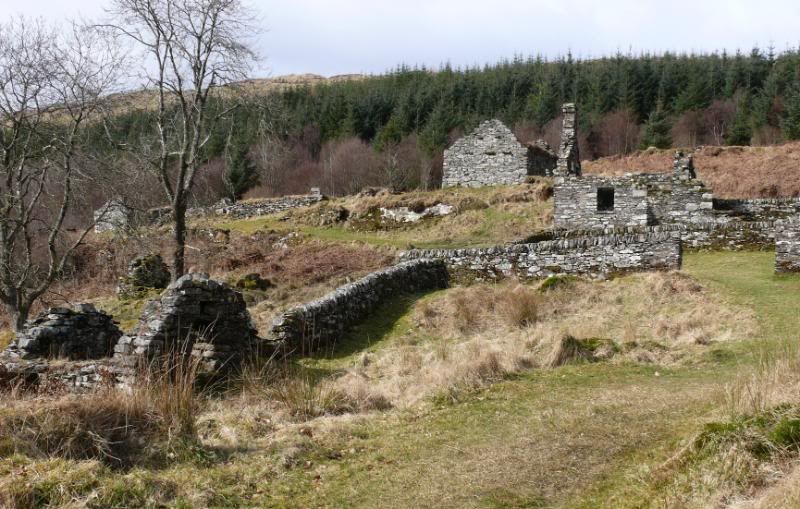
As you round the corner of the path, you are met by this view of the old settlement of Arichonan.
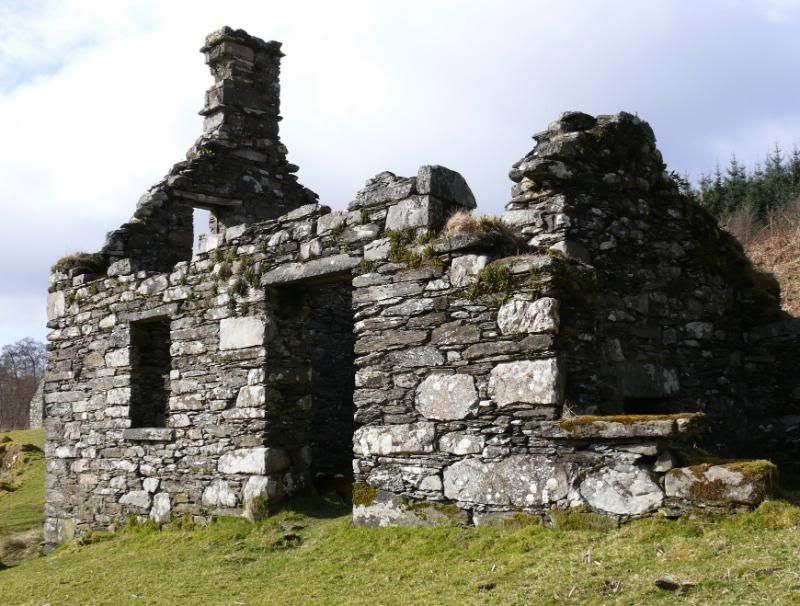
The big house, a 2 storey dwelling.
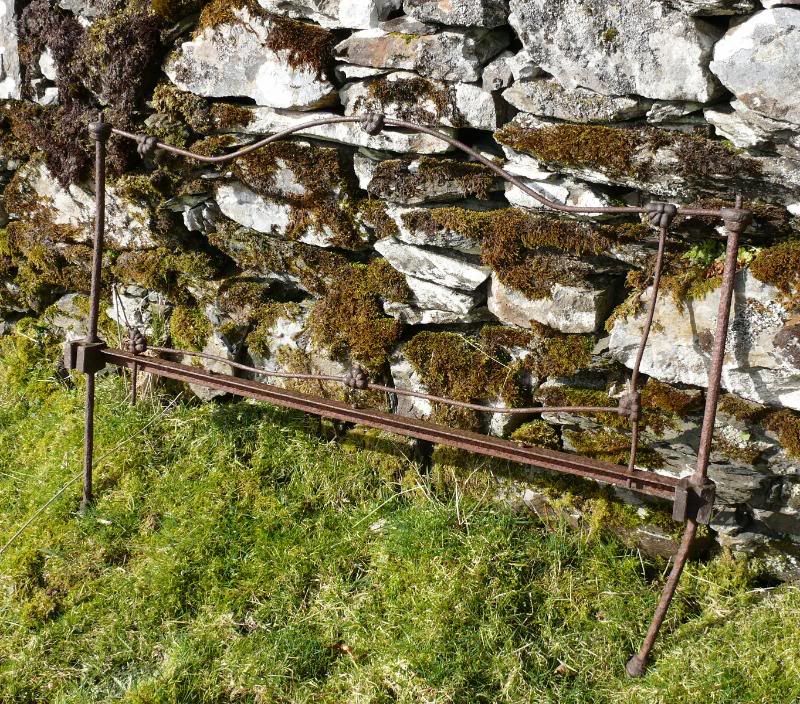
Proof that they didn't sleep on the floor
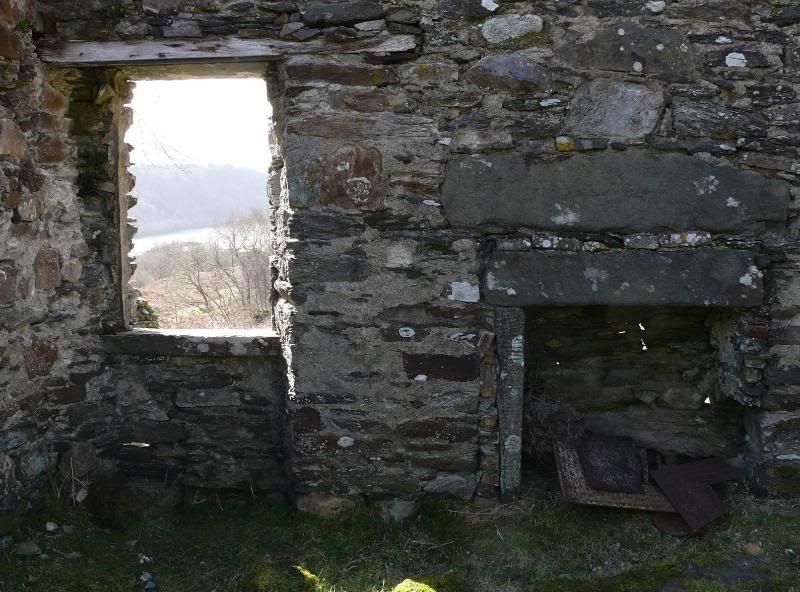
interior of the big house
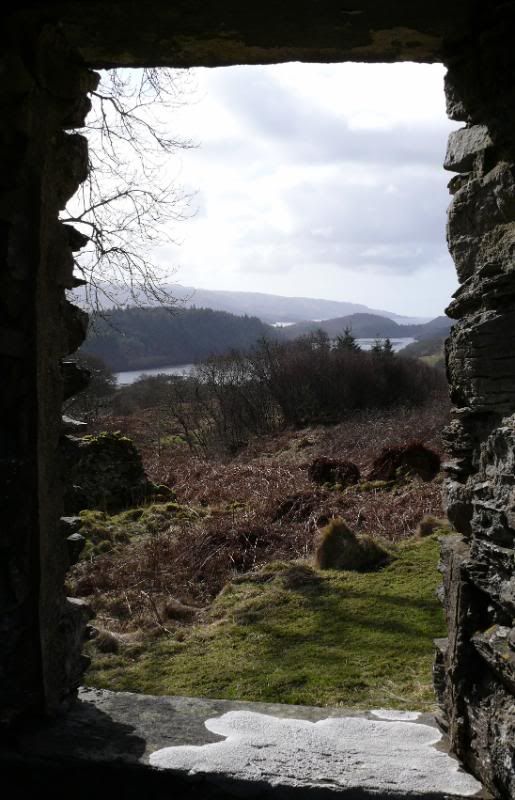
the view from the window
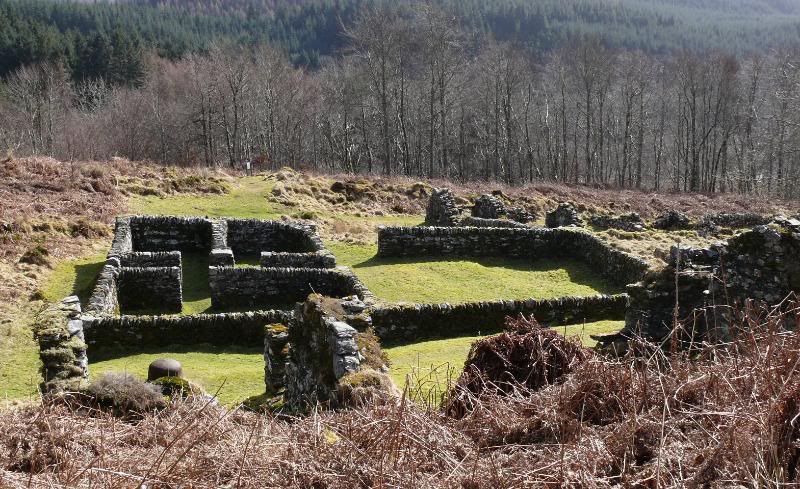
The stockyard and pens
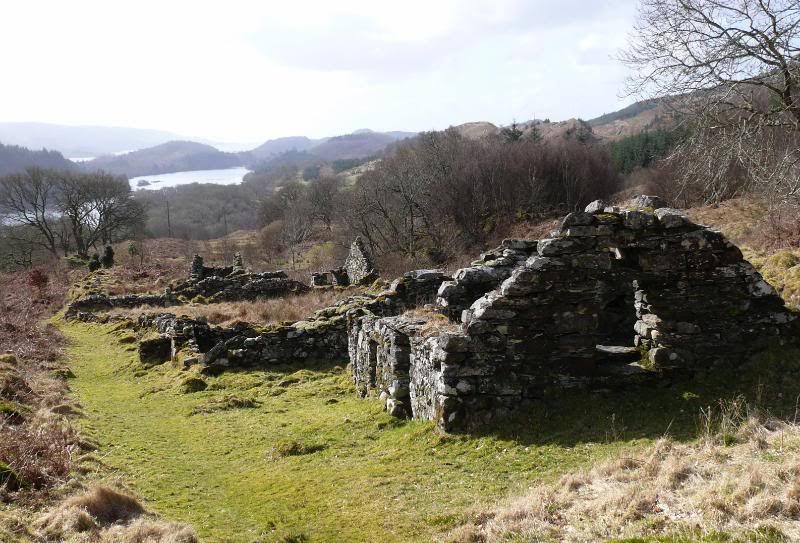
the single storey cottages
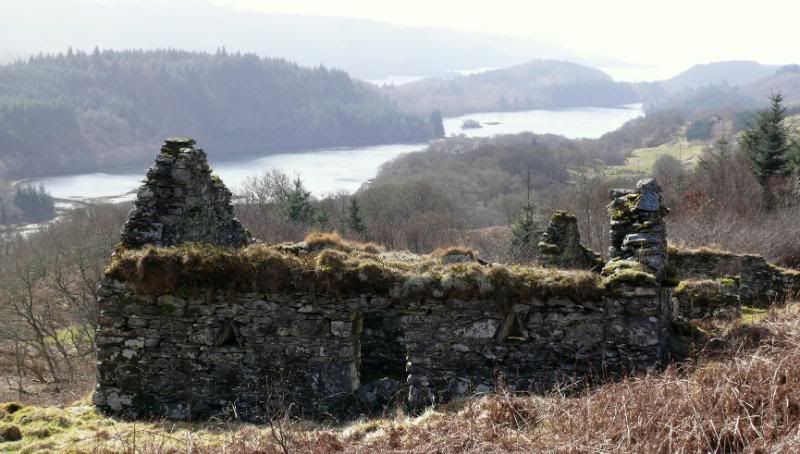
The Barn used to store and winnow the corn
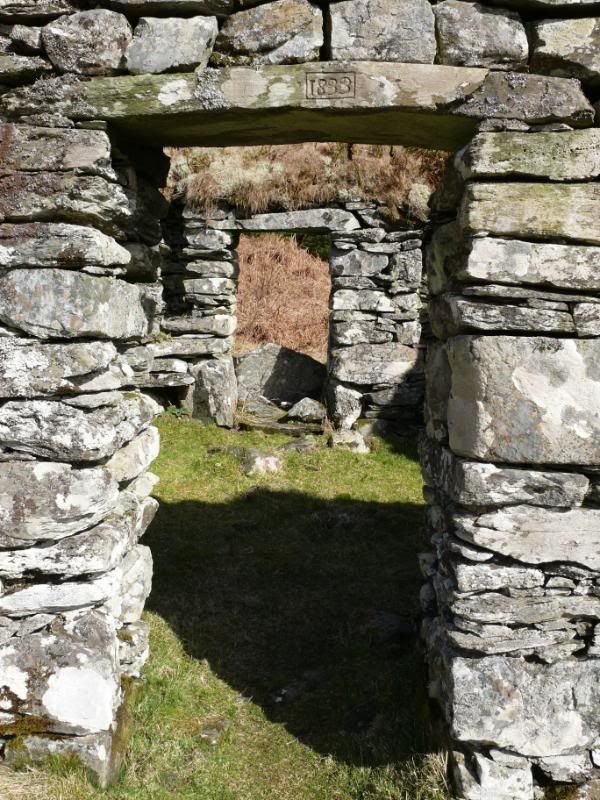
Barn doors opposing one another to allow a through draft to winnow the grain from the chaff during thrashing
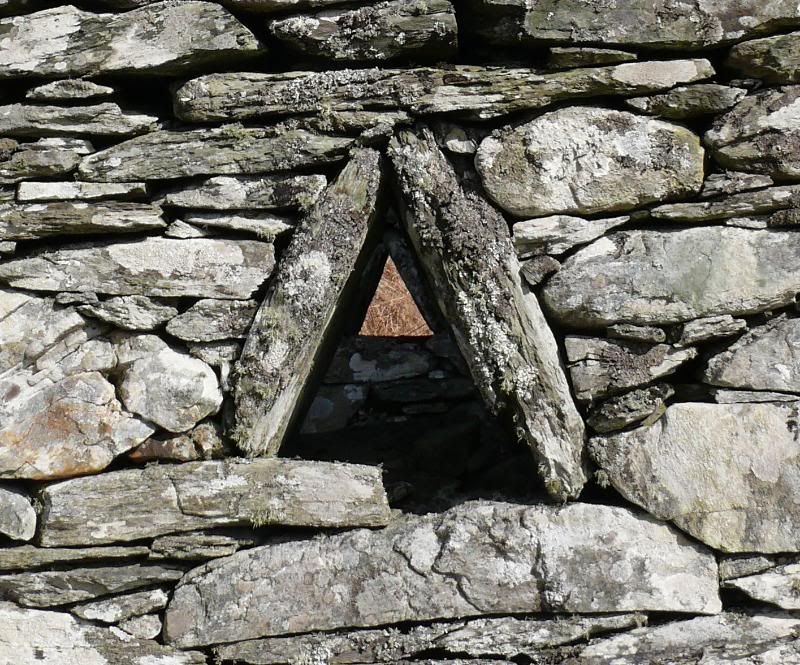
Small barn windows allow the free passage of air to keep the stored crop dry and cool whilst awaiting thrashing
Thanks for looking
Chris
-
Similar Threads
-
By RockyR in forum USA Kilts
Replies: 63
Last Post: 12th January 09, 08:01 AM
-
By RockyR in forum USA Kilts
Replies: 1
Last Post: 4th December 08, 12:57 PM
-
By ardchoille in forum Miscellaneous Forum
Replies: 3
Last Post: 1st August 08, 10:13 PM
-
By Colin in forum General Kilt Talk
Replies: 14
Last Post: 11th December 05, 07:27 AM
-
By Jimmy Carbomb in forum General Kilt Talk
Replies: 5
Last Post: 2nd September 04, 11:14 AM
 Posting Permissions
Posting Permissions
- You may not post new threads
- You may not post replies
- You may not post attachments
- You may not edit your posts
-
Forum Rules
|
|
























Bookmarks